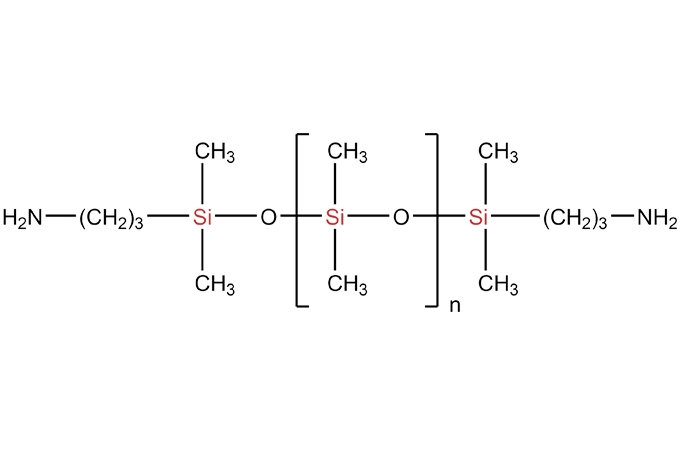I. Functions of silane coupling agent
1. Crosslinking
Once silane coupling agent is grafted to main polymer chain, it can connect polymer molecule together by forming siloxane bond, and then produce a three-dimensional reticular structure. This kind of crosslinking is activated by surrounding moist, and this kind of activity can be conducted at room temperature. Silane can provide better thermal stability, creep resistance, hardness and chemical resistance for coating, adhesive, sealant and composite materials.
2. Improve adhesion
Silane coupling agent can provide better adhesion of substrate for adhesive, sealant and coating, especially under hot and humid conditions. Silane is usually used for improving adhesion of glass, mineral and metal, and has good effect on tricky base materials, such as polyamide, SMC, acrylic resin, PVC, etc.
3. Coupling
Silane coupling agent can couple inorganic pigment, packing and organic resin. Coupling usually enhances moisture resistivity and chemical resistance of coating, adhesive or composite materials.
4. Dispersion
Silane coupling agent contributes to dispersion of coating, inorganic pigment and packing of sealant. Better dispersion usually can lead to lower viscosity of finished products, higher adhesive rate of pigment and packing, and improve covering power of coating.
II. Selection of silane coupling agent
Silane coupling agent has numerous function changes. The basic point for selection is that silane coupling agent can react to resin, and then realize its value.
Before selecting silane coupling agent, the moisture form of filling agent shall be first tested, and specific breed shall be decided by features of moisture status and above-mentioned various titanates. Dry filler shall choose monoalkoxy type, and wet filler can select chelating or monoalkoxy pyrophosphate type.
When selecting silane coupling agent, melting point, crystallinity, molecular weight, performance, aromaticity, fat feet and copolymer structure of polymer shall be considered. Curing temperature and curing mechanism shall also be considered for thermosetting polymer, and filler's shape, specific surface area, moisture content, acid-base property, chemical composition and other factors may affect coupling effect.
Coupling effect of general coarse particle filler has worse effect than fine particle one, but it has opposite effect for super fine filler (such as CaCO3≥2000 order).
Dosage of silane coupling agent is usually 0.5--3% of article weight, and the recommended usage is 8--1.5%. The dosage is not proportional to effect. For too large amount, coupling agent exceeds and performance reduces (indicators such as stretching, shock resistance, etc. in plastics will decline, adhesion in coating will greatly reduce, etc.). For too small amount, the effect is not obvious for incomplete cladding. Therefore, the proper dosage shall be tested for application to realize economy and effectiveness.
Since titanate coupling agent is used little, to exert its effect, it must be scattered evenly in packing (or treated articles such as pigment, etc.). Otherwise, it cannot reach coupling effect.
See also vinyl silane coupling agent.
 English
English 日本語
日本語 한국어
한국어 français
français Deutsch
Deutsch Español
Español italiano
italiano русский
русский português
português العربية
العربية tiếng việt
tiếng việt
